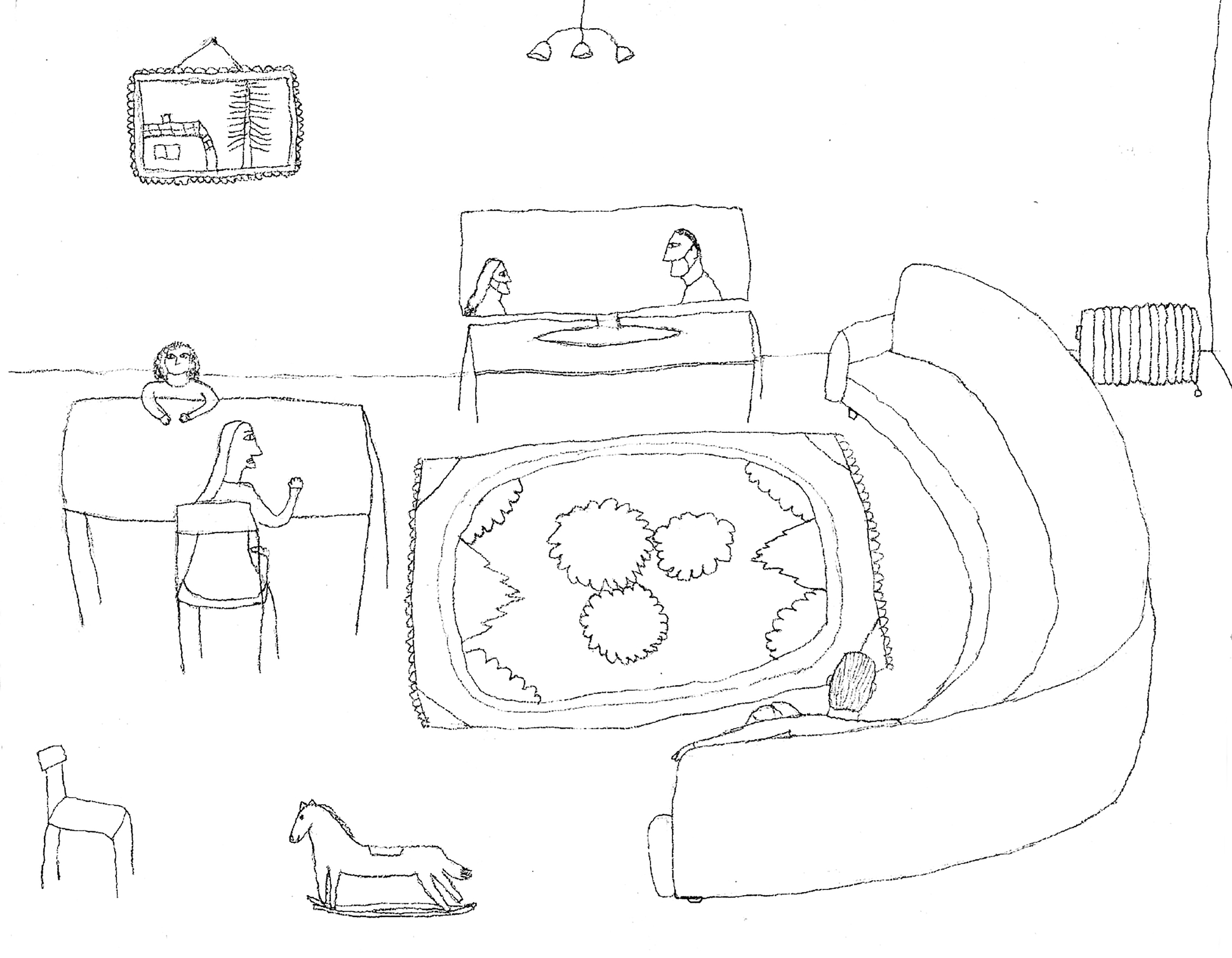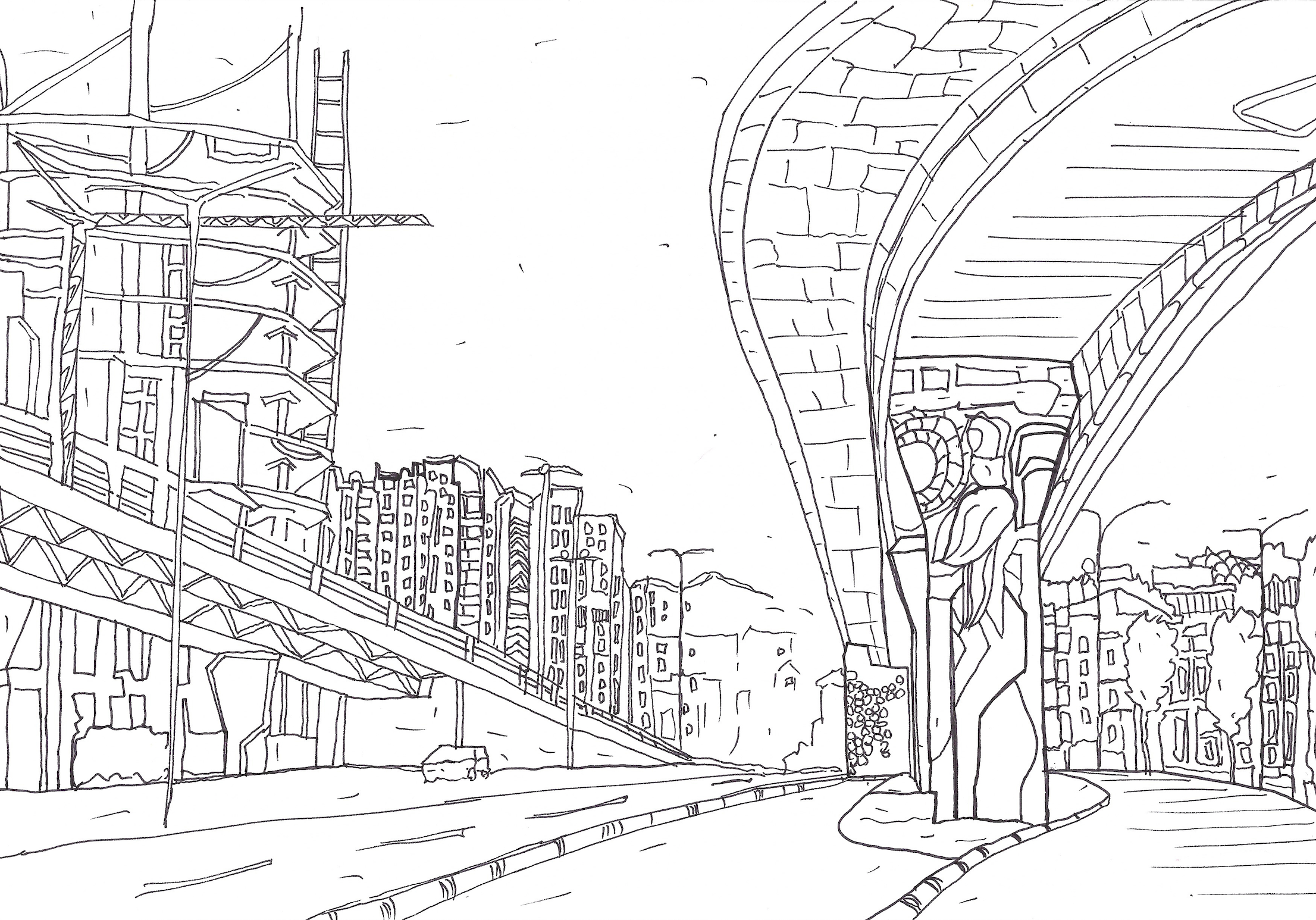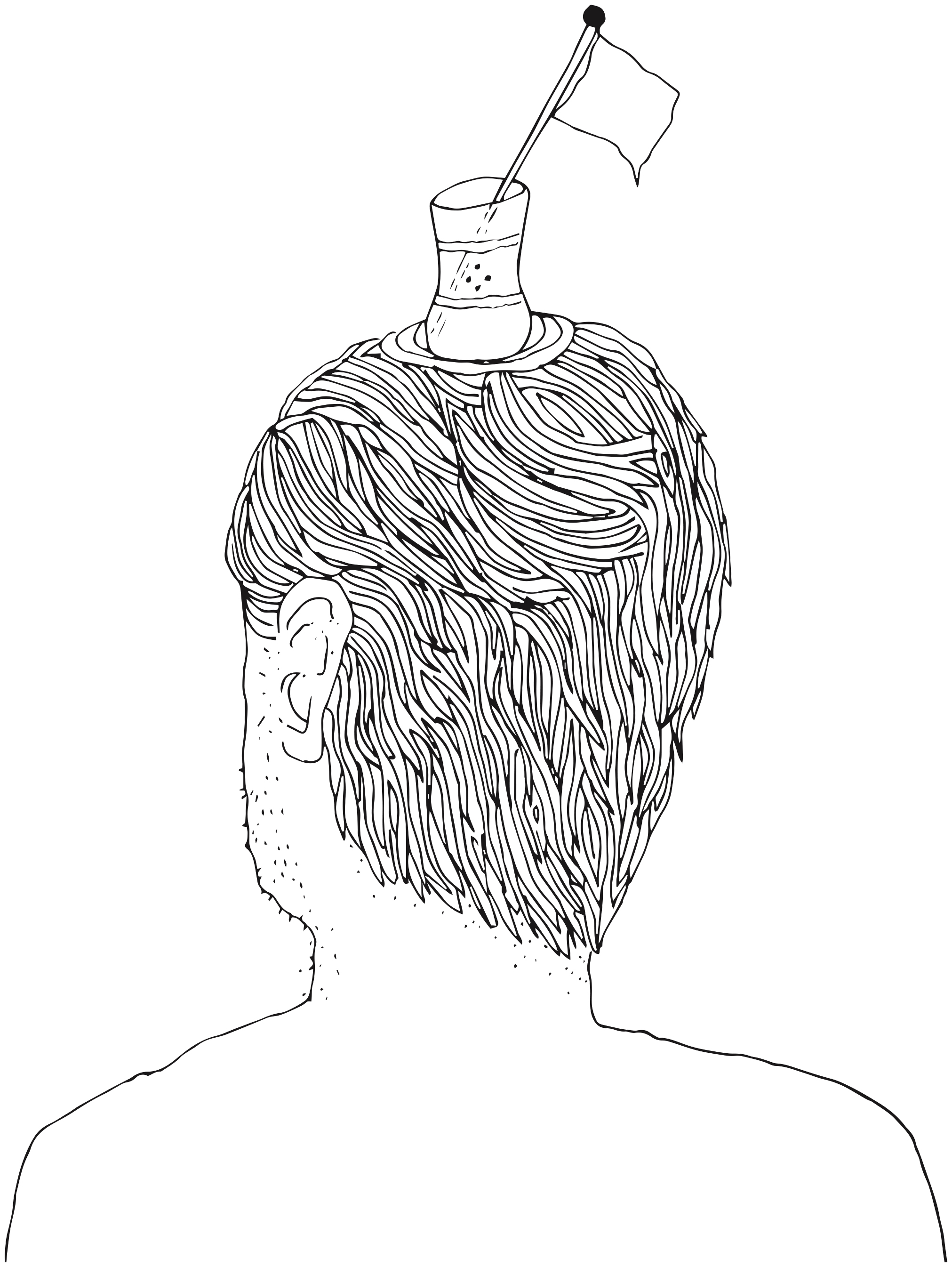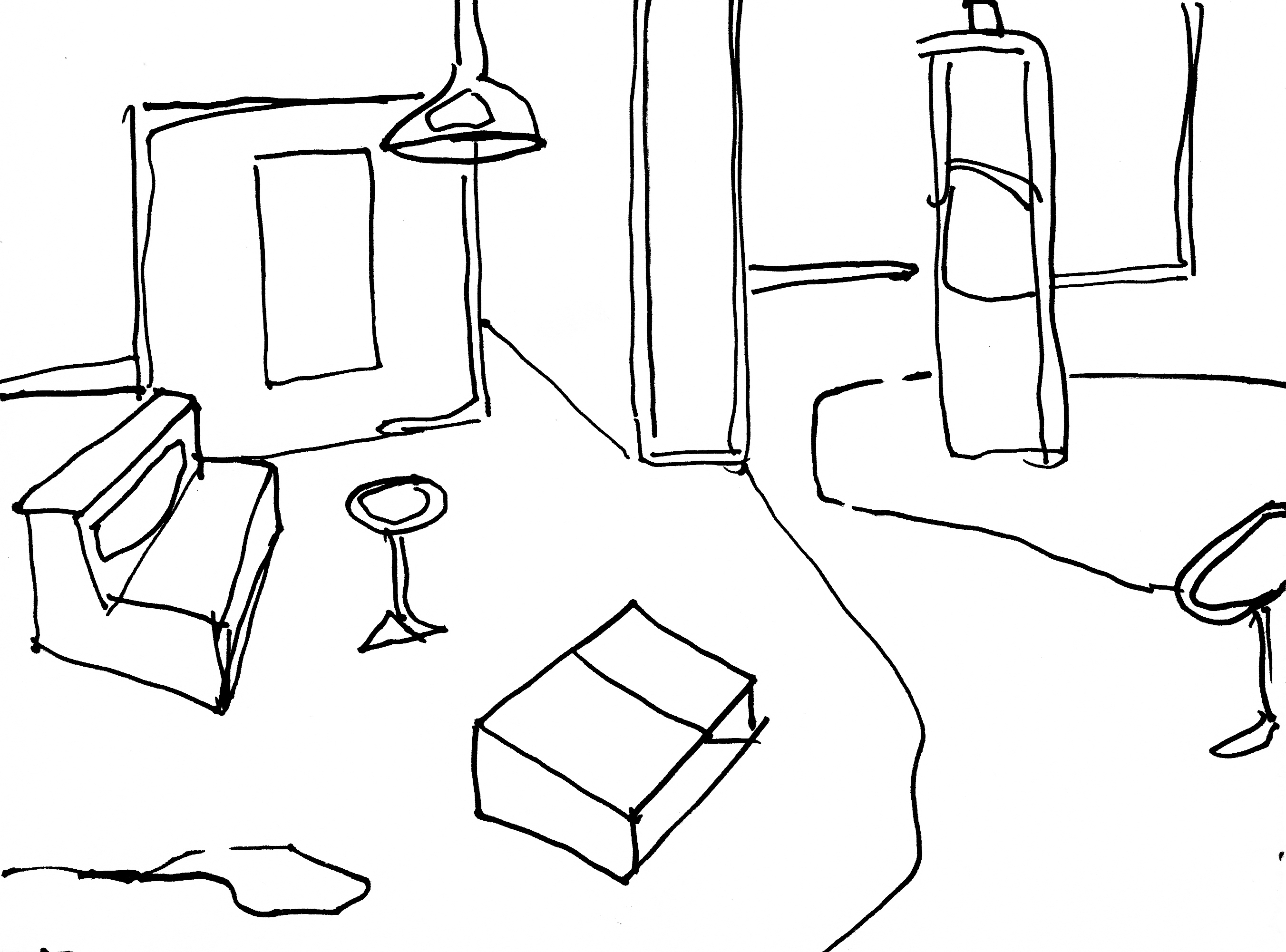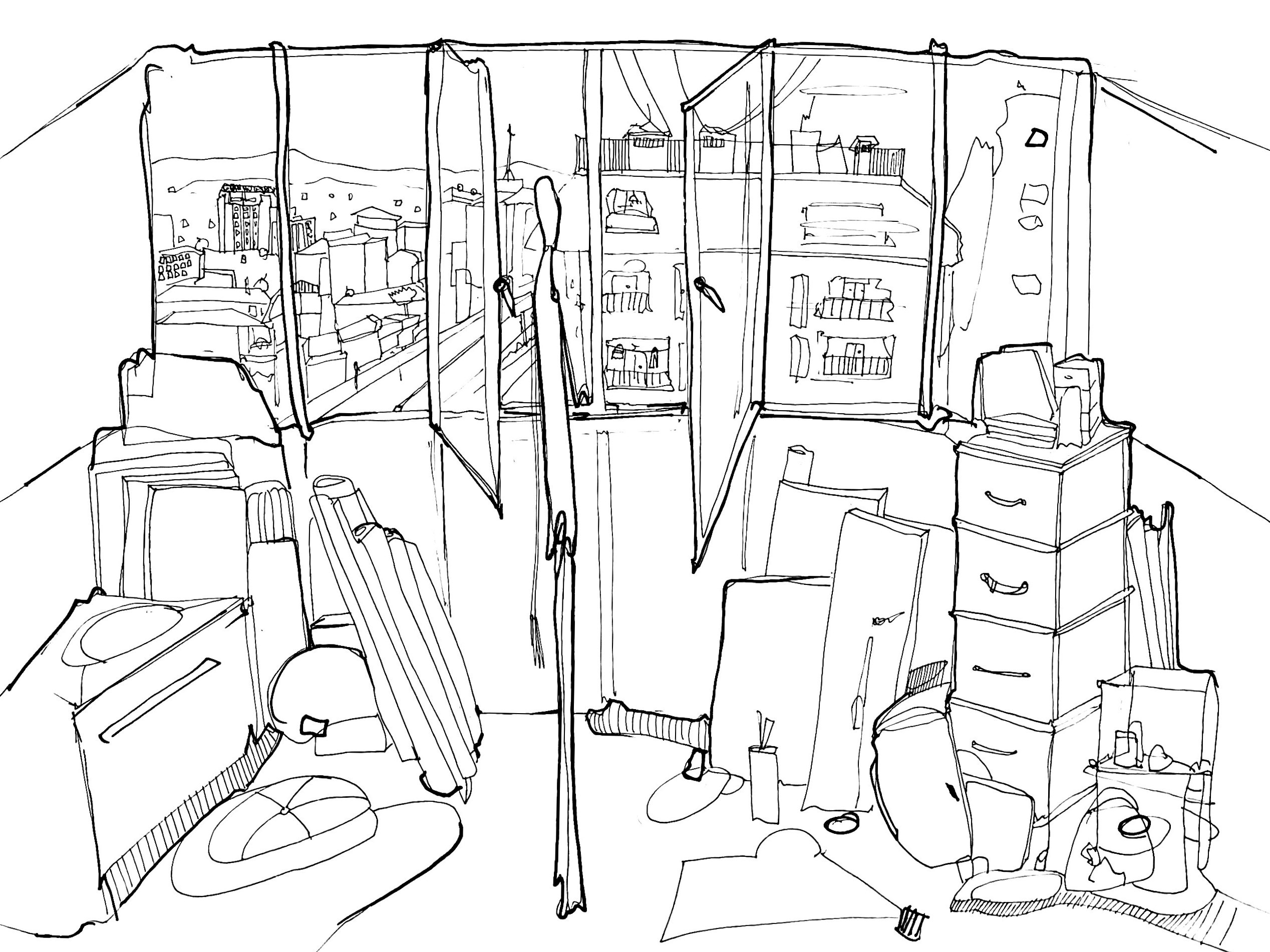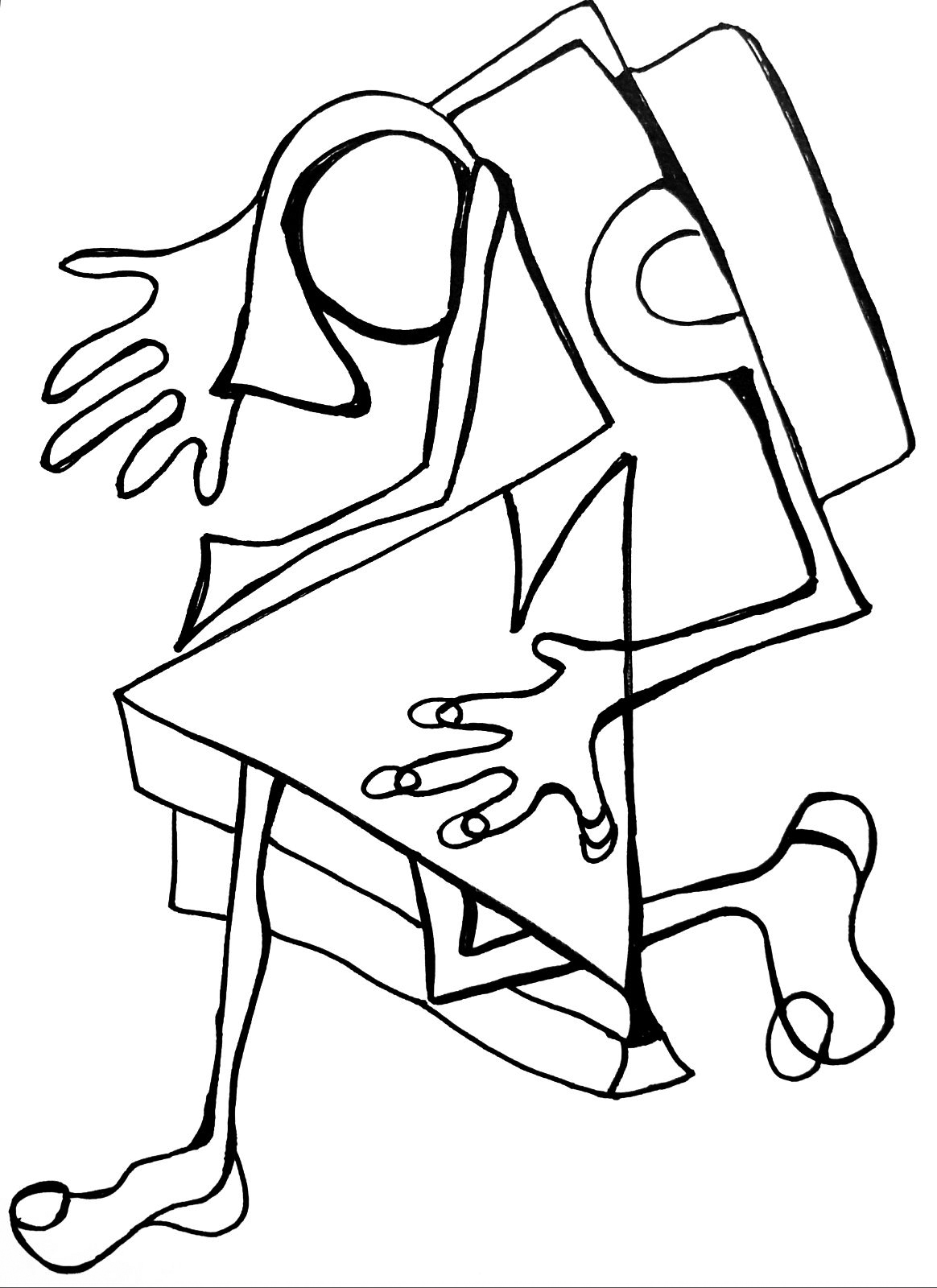C19 A20
C19 A20 features drawings by ten artists from Kosovo of different generations and cultural backgrounds. This collaboration grew within the confines of the home. The initial stage of producing this online exhibition was conducting oral histories with the artists. The interviews were conducted remotely, which required flexibility and adaptability to create the spaces of trust where the best possible storytelling takes place.
Upon identifying central themes of the lockdown, the artists submitted drawings based on the stories they shared. The artists, in 2020, creatively responded to COVID—19, hence the title C19 A20, resembling a cryptic code, data to decipher and come to terms with. The drawings are snapshots of intimate moments, but also they should be read as historically informative documents that describe challenges faced and overcome, as well as lessons learned.
Read artists’ full stories in the Stories section of the archive.
